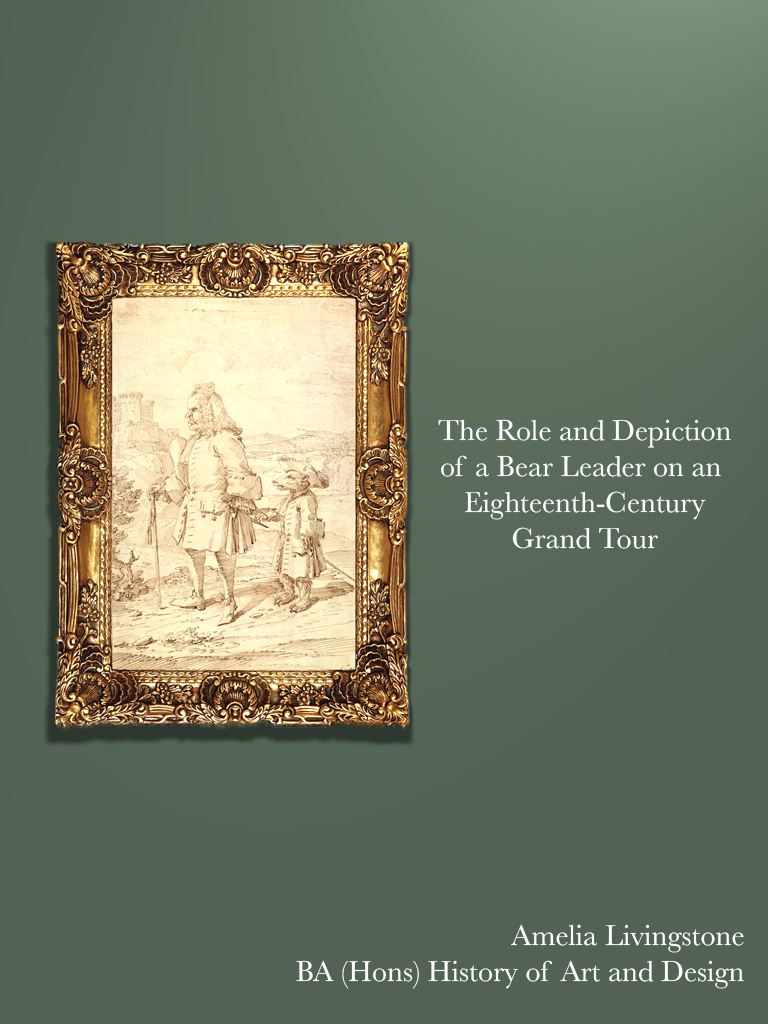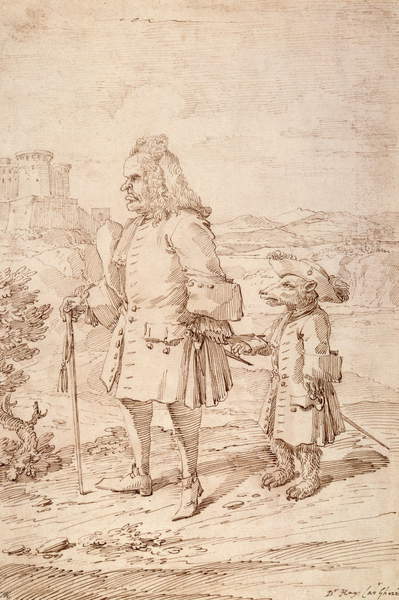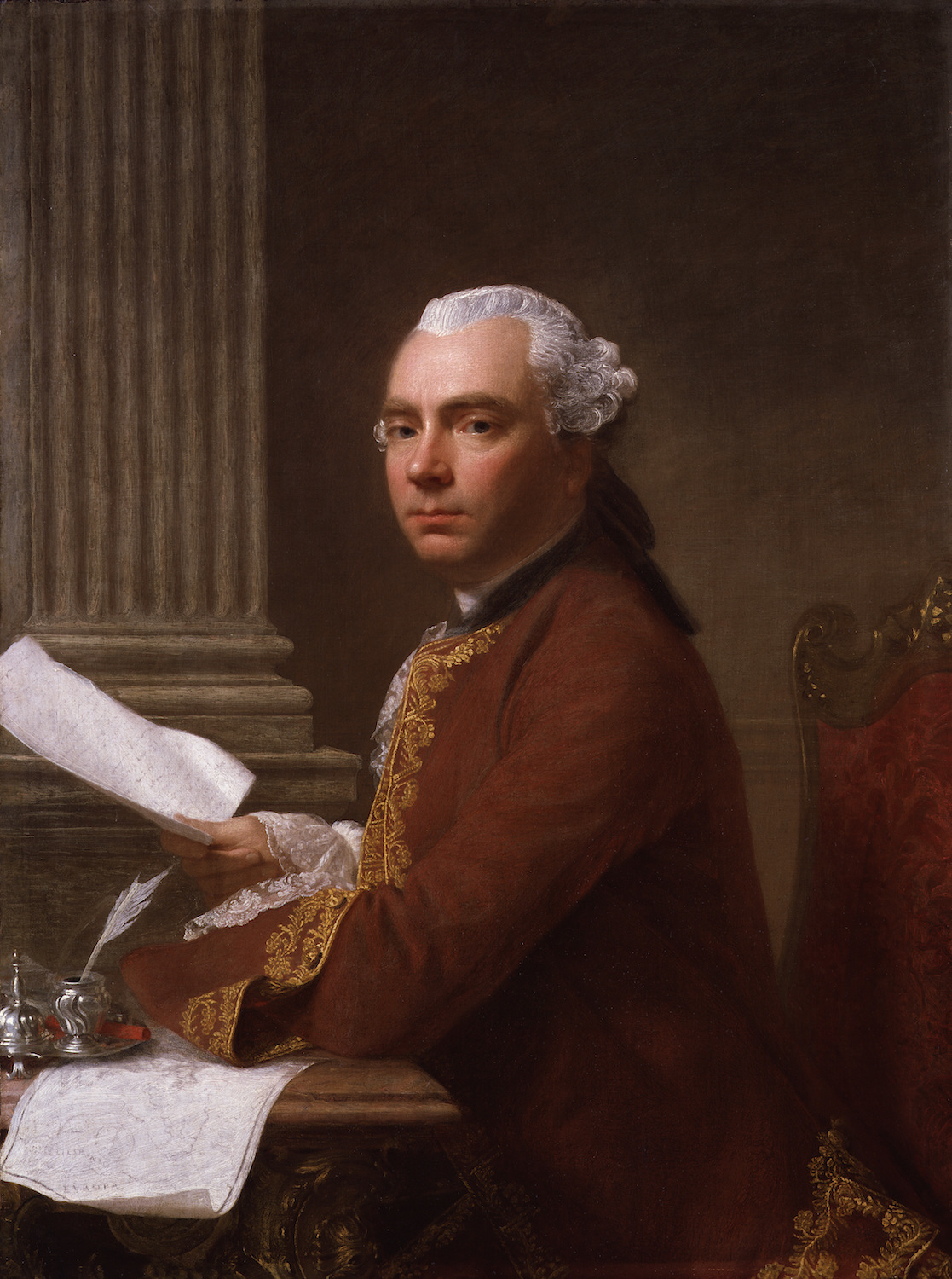
My dissertation explores the relevancy of a tutor or governor, nicknamed as a ‘bear leader,’ on an eighteenth-century Grand Tour of Europe. The Grand Tour was the ultimate educational trip for members of the aristocracy in the eighteenth century. It would consist of visiting various countries in Europe with Rome, Italy being the ultimate destination and could take anywhere from six months to six years. It included visiting sites of historical notoriety, observing multiple works of art, and networking within the various European courts along the way, all whilst learning each country’s customs and etiquettes. This was where a tourist accumulated their taste and cultural currency.
This dissertation investigates the individuals who accompanied and guided those grand tourists on their journey: bear leaders. We first look at the perception of a bear leader, their experience and academic notoriety before investigating multiple roles a bear leader would perform during a tour: from guide to educator, socialiser to temporary parent, accountant to antiquarian, influencer of taste to definer of their charge’s character. We then explore key examples of how a bear leader influenced tourists and artists alike before finally concluding on their relevancy on the Grand Tour and a tourist’s character and taste as well as their influence on British society to date.

